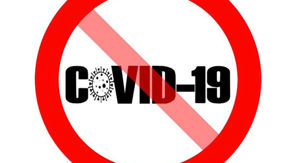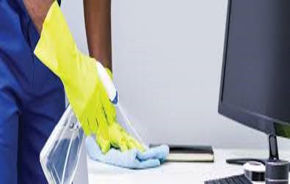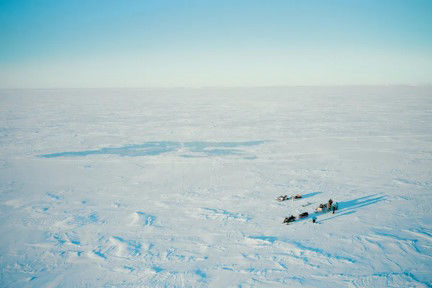Part 3 of 3. (A team with Real Ice prepares to drill through sea ice in the Canadian Arctic, having already flooded a nearby patch (darker blue) to thicken it. Taylor Roades)
continuing from a previous article...
The only highway in Cambridge Bay is the sea ice. In winter and spring, Inuit residents snowmobile hundreds of kilometers over it to go ice fishing and hunt musk ox and seals, local hunter Brandon Langan told me in his living room, a black musk ox hide hanging behind him. He works part-time for Real Ice flying airborne drones to monitor the thickened ice’s reflectivity. When the ice recedes in summer, the Inuit fish the Arctic char that run into the bay from lakes and streams. When ice returns in fall, they hunt the caribou that cross it to the mainland. Two out of every three meals are fish or game. “Sea ice, to us, it’s life,” Langan said. “It helps us get our food. It gives us our clothing.”
Now hunters who used to start moving on the ice in October have to delay until December. A few have even fallen through. In spring, the ice cracks and melts sooner. Ice loss has diminished the local caribou herd by 90 percent; the animals go hungry waiting to cross, and when bottled up for too long on the shore, they’re easier prey for wolves. Hundreds of caribou have drowned after breaking through the ice. One hunter who had previously been a guide for Real Ice told me at the cultural center in the high school library that he hopes ice thickening could rejuvenate game populations.
Inuit insights are vital. Throughout history scientists and explorers often ignored Indigenous knowledge of the Arctic. The last time anyone saw the Franklin expedition was when Inuit hunters encountered starving sailors dragging a lifeboat across the ice in Washington Bay, clad in wool rather than furs. Franklin was dead, and the remaining explorers traded the Inuit beads for seal meat—they apparently didn’t know how to hunt seal themselves. Later, native people found mutilated bodies farther south, indicating the explorers had resorted to cannibalism. Charles Dickens dismissed these reports, which were later confirmed, as “the wild tales of a herd of savages” and suggested the Inuit had slain Franklin’s men. This colonial mindset would persist as the Arctic came under government control. Canada and Alaska took Indigenous children, including some from Cambridge Bay, away to be reeducated in abusive residential schools, where thousands died.
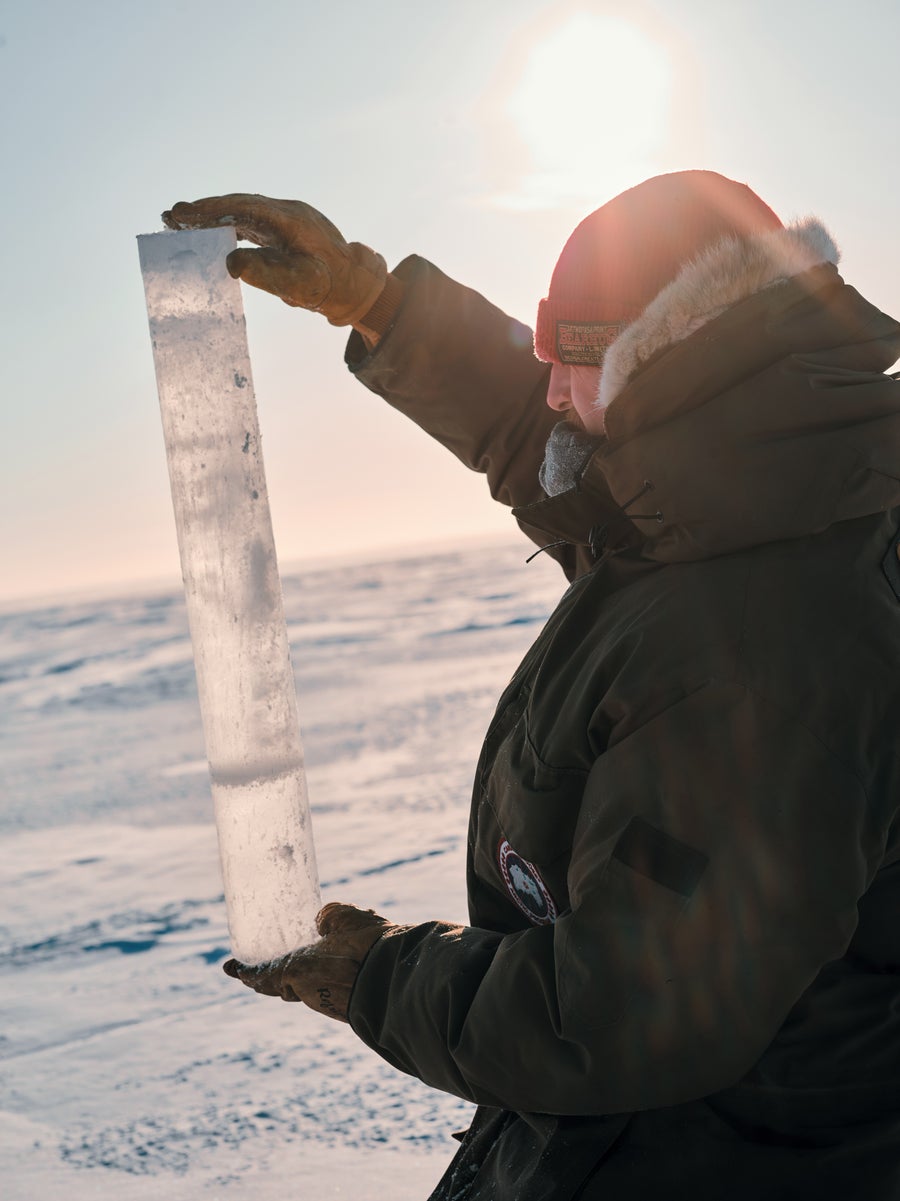
(Sherwin inspects a core drilled from a location where pumps had operated earlier. Taylor Roades)
A week after I met with Langan I talked with Inuit Circumpolar Council international chairwoman Sara Olsvig, who has spoken out against testing the seabed-curtain idea in her native Greenland. She says governments need to start regulating geoengineering, and researchers need to seek the free, prior and informed consent of local communities. When somebody claims, “‘We need your piece of land in the name of a greater good,’ that’s exactly what happened when we were colonized,” Olsvig says.
Real Ice obtained permits from Nunavut’s Inuit government, as well as the Cambridge Bay hunters-and-trappers organization. Ceccolini says the operation will shut down if ice thickening proves ineffective or damaging. Although the company may patent its drone technology, its articles of association prohibit it from distributing profits. But it would consider founding a new company with Indigenous part-ownership if it decided to scale up, Ceccolini says.
Local elders are hesitant. They gather at the cultural center on weekdays to sew fur boots and mittens and speak the local language. During a break for black tea and candied Arctic char, I asked three of them about the sea-ice thickening. They would be concerned about the drones if Real Ice conducted its 100-square-kilometer demonstration, a key step to scaling up, in the strait near Cambridge Bay rather than farther north. “If they start doing that under the water, we’re going to get no more fish, no more seal, no more nothing,” said Annie Atighioyak, who was born in an igloo on the sea ice in 1940.
As global fossil-fuel emissions keep rising, attitudes about geoengineering are starting to change. Two weeks before I arrived in Cambridge Bay I went to an annual Arctic science conference at the Oceanographic Institute of Monaco. Frederik Paulsen, a Swedish pharmaceutical billionaire in a tailored suit and rimless glasses, took the podium. Though not a scientist, Paulsen was the first person to reach all eight poles—the geographic, geomagnetic, magnetic and least accessible poles of each hemisphere—and was onboard one of the two submersibles that planted a Russian flag on the North Pole seabed in 2007.
In 2023, while flying over Greenland in an ultralight aircraft, Paulsen was startled to notice that the once brilliant ice sheet was turning darker as less fresh snow fell. He said he decided only “more drastic solutions” could avoid catastrophic climate impacts, given our failure to rein in fossil fuels. It’s not enough to just study climate, he scolded the scientists. “Now is the time to act.”
The University of the Arctic, a network of educational institutions that Paulsen chairs, has rated the feasibility of 61 polar interventions, from spraying glaciers with ski-resort snow guns to cables that stop icebergs from drifting south. At the conference, John Moore, a University of Lapland glaciologist, presented the seabed-curtain idea. Also there was Fonger Ypma of Arctic Reflections, a Dutch sea-ice-thickening company that has done field trials in Newfoundland and Svalbard. Last year he went to Cambridge Bay to learn from Real Ice, but he hopes to deploy large movable pumping platforms rather than drones.
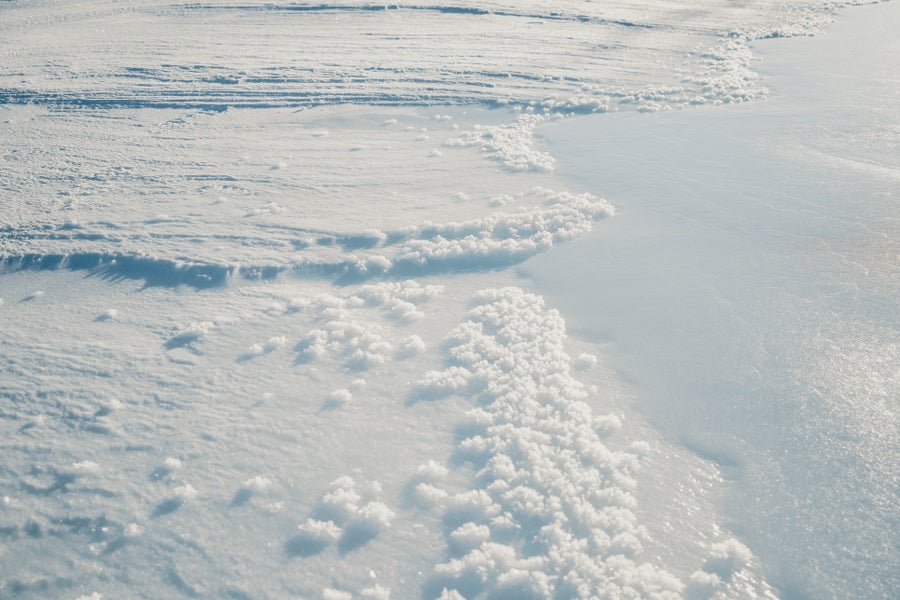
(Frost flowers form when very cold, still air rests on newly formed ice (at left), which is relatively much warmer. Vapor rising from the ice rapidly crystalizes, creating the flowers. Taylor Roades)
The surge of interest has created a schism in polar science. In October 2024 a preprint paper by 42 top glaciologists condemned ice thickening and other polar geoengineering techniques as dangerous and unfeasible. Seabed curtains could disrupt nutrient flows to CO2-consuming phytoplankton. Spreading tiny glass spheres across mountain glaciers could decrease the reflectivity of ice covered in fresh snow. But the overarching concern is that geoengineering fixes are “making decarbonization a lot less attractive,” according to Heidi Sevestre, one of the paper’s authors, who visited an Arctic Reflections trial last year. What they are offering “doesn’t attack the cause of the issue, the fossil fuels,” she says.
At the Monaco conference, Kim Holmén, a Norwegian Polar Institute climate scientist who has spent more than three decades on Svalbard, the fastest-warming place on Earth, argued that trying to undo the harms of our technology with even more technology was folly. “I make mistakes every day, you make mistakes every day, and if we create a system where it must work every day, it will fail,” he said. Critics say it would be more effective to put geoengineering funds toward cutting emissions.
The amount being spent on Arctic geoengineering is small but growing. Arctic Reflections has raised $1.1 million and Moore $2 million. Real Ice’s directors have committed $5 million to its ice-thickening project, only a fraction of the cost for a 100-square-kilometer demonstration. It’s hard to imagine state agencies allocating $10 billion a year for sea-ice thickening, especially with China, Russia and reportedly the U.S. looking to develop Arctic shipping routes; for them, less ice is better. Brazil’s Amazon Fund for rainforest conservation, which Real Ice has held up as a possible funding model, has collected only $780 million from governments.
Private investors might mean fewer political obstacles. In March, Paulsen, who’s offering a €100,000 prize for projects “reversing Arctic change,” convened a dinner in Geneva to introduce geoengineering researchers—including a Real Ice adviser—to two dozen potential donors. He wants to hold similar “adopt-a-billionaire” gatherings in the U.S. He also claims he’s discussed geoengineering with officials from the Trump administration, which withdrew the U.S. from the Paris climate agreement. The administration didn’t respond to a request for comment.
Real Ice and Arctic Reflections would like to eventually sell “cooling credits,” a strategy used by Make Sunsets. Individuals and companies that want to compensate for their CO2 emissions pay that start-up to launch balloons full of sunlight-blocking sulfur dioxide. Carbon credits have paid for the planting of trees to remove tens of millions of tons of CO2 from the atmosphere. But the credit arrangements also have been criticized as a “license to pollute” to avoid fossil-fuel reductions. Some of the biggest buyers are tech firms such as Microsoft, whose emissions are swelling as the company builds AI data centers.
Kelly, the former White House adviser, is indeed worried that geoengineering could be “hijacked” by oil or tech companies as an excuse to continue business as usual. But he’s more concerned about the gigantic geoengineering experiment he says we’re already conducting by emitting tens of billions of tons of greenhouse gases every year. Ice companies just have to be willing to shut down their technology if it starts harming nature or undermining climate goals, he told me as we drank coffee at the research station in Cambridge Bay. They have to be willing to turn back, unlike Franklin and other overconfident explorers who came here to discover the Northwest Passage. “We all have to keep asking ourselves and checking ourselves and one another: Have we slid into hubris?” Kelly said. “The alternative is to think [we humans] know what’s best, that we can get through the passage.”

